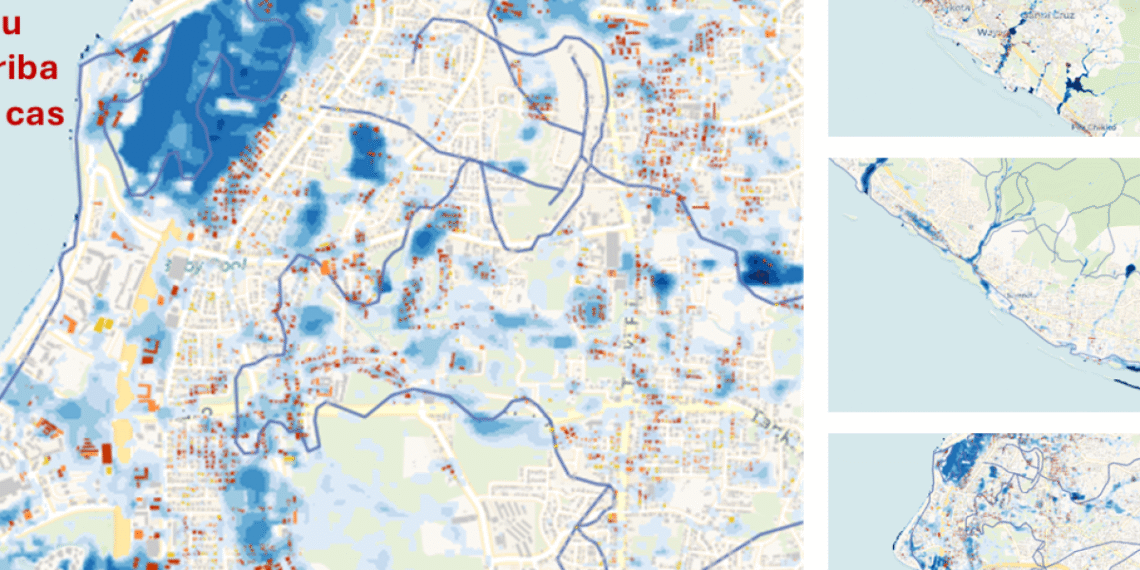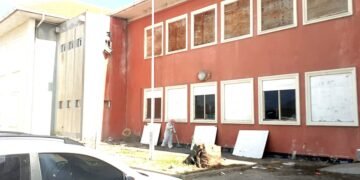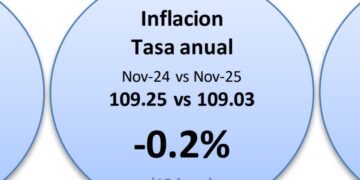ORANJESTAD (AAN): Aruba is feeling the growing pressure of climate change, and its latest impact is coming in the form of intense rainfall and urban flooding. According to the National Climate Resilience Council (NCRC), these weather extremes are no longer rare events — they are becoming part of the island’s new normal.
While much of the conversation around climate change has focused on heatwaves and drought, recent years have shown another dangerous trend: powerful rainstorms leading to flash floods in urban areas.
The NCRC recently launched the “Climate Impact Atlas” — a new web portal that provides data on how climate change is affecting Aruba. Among the findings: rainfall intensity has steadily increased over the last decade, especially during storm seasons influenced by tropical weather systems.
“Rainfall events of over 100 mm per hour have been recorded,” the NCRC reports, “leading to overwhelmed drainage systems, road blockages, and damage to homes and infrastructure.” Even storms that passed north of Aruba, like Hurricane Ivan in 2004, brought heavy rains that flooded neighborhoods and damaged property.
One of the biggest concerns is that urban expansion has interfered with Aruba’s natural drainage systems — such as dams and rooi (natural channels). As a result, water cannot drain efficiently, putting low-lying neighborhoods at high risk.
The Climate Impact Atlas shows this clearly, with blue-colored zones marking areas most vulnerable to flooding. Red markers highlight where homes, buildings, and roads could be directly impacted by water. In some cases, access routes may become completely unusable, affecting transportation and emergency services.
“The more we know about these risk zones, the better we can prepare,” the NCRC emphasized. “We need smarter urban planning, infrastructure designed for more extreme weather, and a better understanding of how nature handles water.”
The Council advocates for nature-based adaptation, such as improved water harvesting and sustainable urban development that allows space for natural drainage. Their goal is to reduce risks before disaster strikes.
This warning comes as part of Aruba’s broader strategy to build national climate resilience — a priority for protecting communities, critical infrastructure, and the environment from the growing threats of climate change.
For more information, or to explore the flood risk maps and climate data, visit the Climate Impact Atlas at: https://ncrc-aruba.org/cia
























Discussion about this post